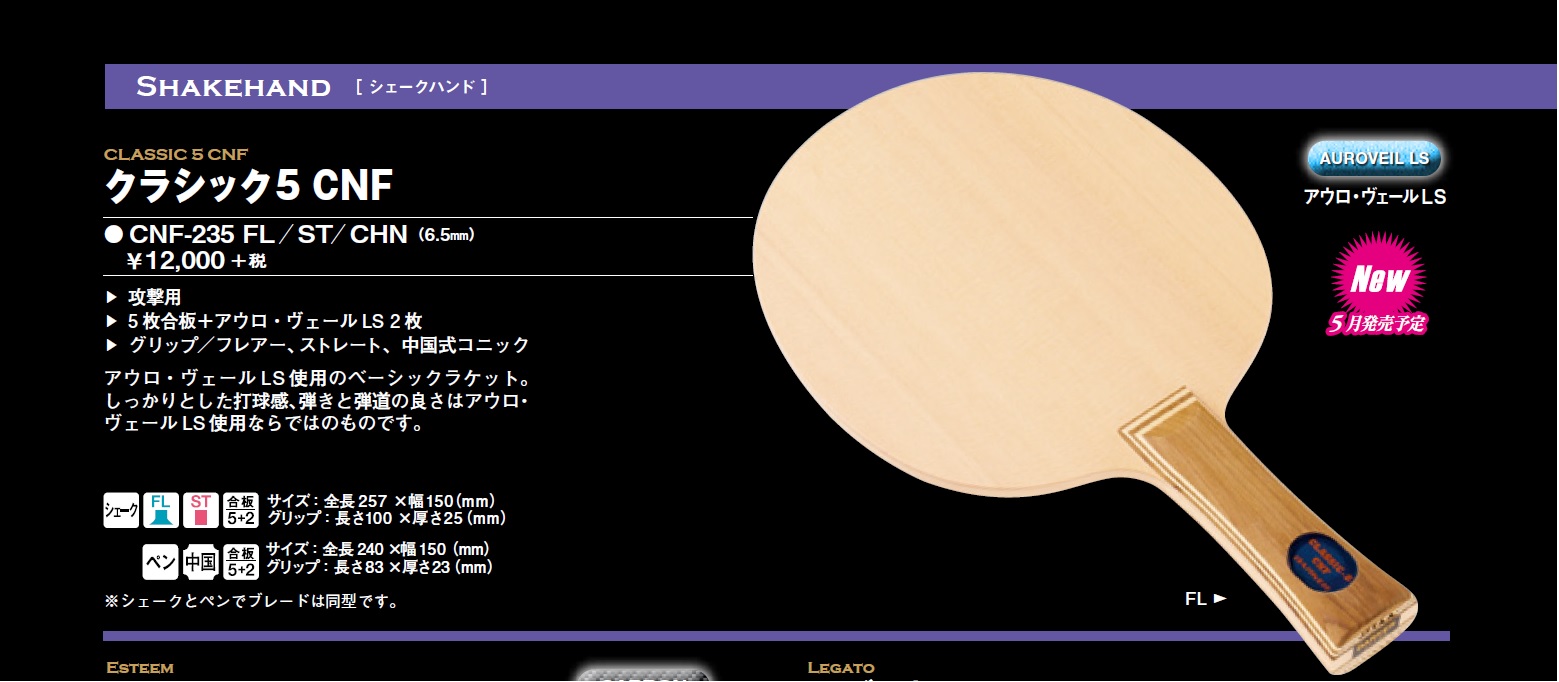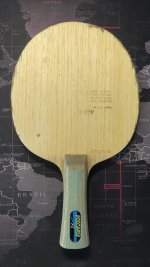There's also other materials besides this one which give you the same woody feel you are describing, and which provide a sufficiently strong reinforcing matrix for composite materials, but which don't require large energy inputs to manufacture, or cost a lot of money to purchase.
Cellulose is a naturally occuring polymer and along with hemicellulose and lignin, forms the major component of the cellular walls of ALL wood species, and of ALL naturally occuring plant-based fibres (yep - all wood is largely just cellulose, hemicellulose and lignin, regardless of the species).
In plants, cellulose fibres typically form into *long* strands naturally eg: all the common bast fibers (sisal, jute, cotton, flax, hemp etc) have long cellulose fibers which is why they are all used regularly in rope, cloth and canvas. Adding these bast fibers to a blade as a composite matrix (instead of carbon fibre) does the exact same job as the CNF, gives you the same -wood-like feeling you describe. It also typically does it at far lover cost, and doesn't require the same amount of energy input or processing to create.
There have been other blades that have used cellulose fibers to strengthen or stiffen them during play (the Andro flaxonite driver being just one example). I make a similar model to the Flaxonite myself, and absolutely bast fibets are more than strong enough to do the job of the CNF
.Part of why such blades aren't more popular is simply down to marketing. Another part of it is due to the fact that epoxy resin and natural fibers don't mix that well, as the natural fiber remains hygroscopic and absorbs water into the heart of the composite material over the course of its life through a wicking action. This isn't good for the composite and can weaken it if not properly sealed (though in a TT blade, this affect is barely noticeable in my experience, and does not seem to affect performance over the long term.).
Additionally, while nanocellulose is technically very strong stuff, and while it CAN make composite materials stronger, from my own reading of the literature on this subject, it actually DOESN'T work the way many people seem to think it does.Nanocellulose fibers are by definition *extremely* short - hence the 'nano' prefix. The resin from Spinifex grass for example provides some of the longest nanocellulose fibers we currently know of, but they are still measured in mm, not cm.The main use of nanocellulose to strengthen composite materials, derives from its ability to create stronger crosslinked bonds between layers of alphatic resins like type III PVA - ie: the glue. In simple terms, it makes something that is already sticky and hard, even more so -- it gives the liquid resin stronger bonds both between the molecular layers of the curing resin itself, and also with the rest of the composite matrix around it.But the strength and stiffness of a composite blade actually derives from the matrix of longer reinforcing fibers (the carbon fiber) rather than the glue that holds all those fibers in place.
Nanocellulose is a very strong substance in terms of strength to weight, but it's basically there holding the glue together better... It makes the aliphatic resin harder because the strength of cellulose fibers (be they nano or otherwise) is longitudinal -- those nanocellulose fibers are in essence acting like microscopic carbon fibers themselves, embedded within the glue, to make the glue stiffer and stronger... But again - stiffer stronger glue on its own does not make your blade meaningfully stiffer ...that's the job of the far longer carbon / arylite / bast fibers the glue is holding in place.
Hipnotic is entirely right -- composite fibers add strength in one direction only - longitudinally - so they have to be oriented parallel to the direction of strain, in order to do their job of strengthening and stiffening a blade. This is why using woven fabrics (where a fibre's longitudinal tensile strength has been physically arranged and oriented along a line of force that exists during impact) always results in a stiffer stronger blade than using a loose random arrangement of *the exact same fibers* (such as with non-woven carbon matting.)Stronger glue helps through adding adhesive and cohesive strength, so yes ...stronger harder glue can make a blade stronger and harder... but at all times it's the longer composite fibers that do most of the heavy lifting. Nanocellulose-reinforced resin can help in making a blade more durable certainly, but only if you want extra hardness in your blade as well as extra stiffness.












